Archaeologists Discover Lost Civilization in Central Europe Using Google Earth
Archaeologists have discovered the remains of a lost Bronze Age civilization in Central Europe with the help of Google Earth. This remarkable find has led to the identification of dozens of new sites.
The researchers meticulously documented their findings in a new study, providing valuable insight into this enigmatic network of societies that once made up a unified civilization spanning over 3,000 square miles across the continent.
Using Google Earth to Roam the Planet
Google Earth provides users online with a detailed images of the Earth and, thanks to the power of satellite imagery, allows individuals to travel and inspect any location on the planet.

Source: Wikimedia
The feature, made available by the popular search engine, has led to the discovery of fascinating landmarks in remote regions, mysterious islands, and even archaeological discoveries that would have otherwise gone unnoticed.
Researchers Hunt for the Lost Bronze Age Civilization
Archaeologists have long suspected that a prehistoric civilization inhabited a vast swath of territory in Central Europe during the Early Bronze Age, which began around 2,220 BCE.

Source: Barry Molloy
However, it proved challenging to find many of the settlements from the ground due to centuries of farming, which made identifying archaeological sites rather difficult. In an unconventional move, the researchers decided to employ satellite imagery in hopes of finding a trace of this civilization, and they did.
The Tisza Site Group
Using Google Earth and satellite images sourced from the European Space Agency’s Sentinel-2, the archaeologists discovered around 100 new archaeological sites across the Pannonian Plain, which covers parts of modern-day Hungary and Serbia.
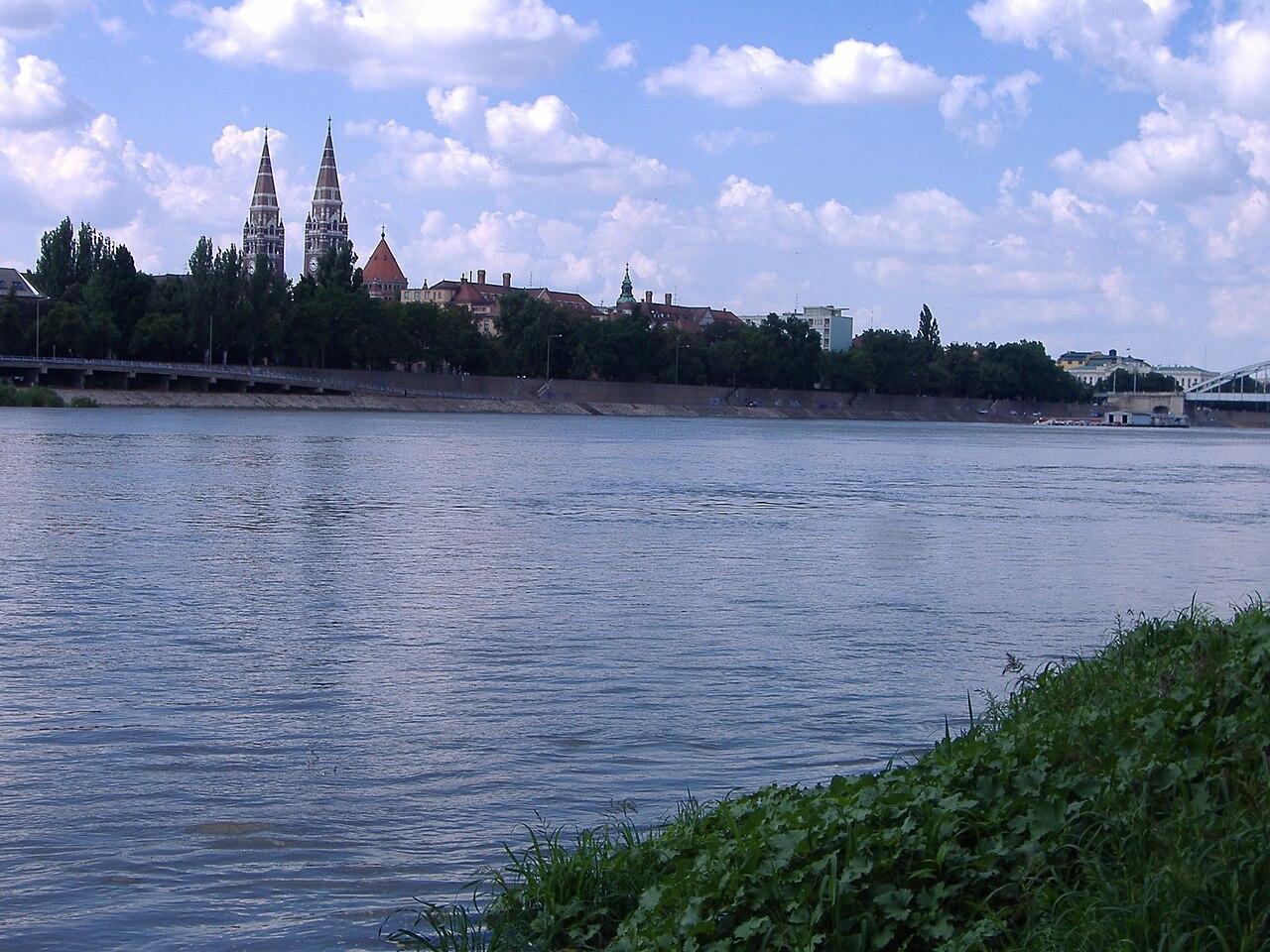
Source: Wikimedia
Many of the sites lie close to the Tisza River, so the archaeologists decided to name this unknown civilization the Tisza Site Group.
Farming Destroyed the Surface Level of Many Sites
Prior to analyzing the satellite images, the team was convinced an ancient culture had lived in the region, as periodic plowing unearthed a range of artifacts, including pottery and bones.
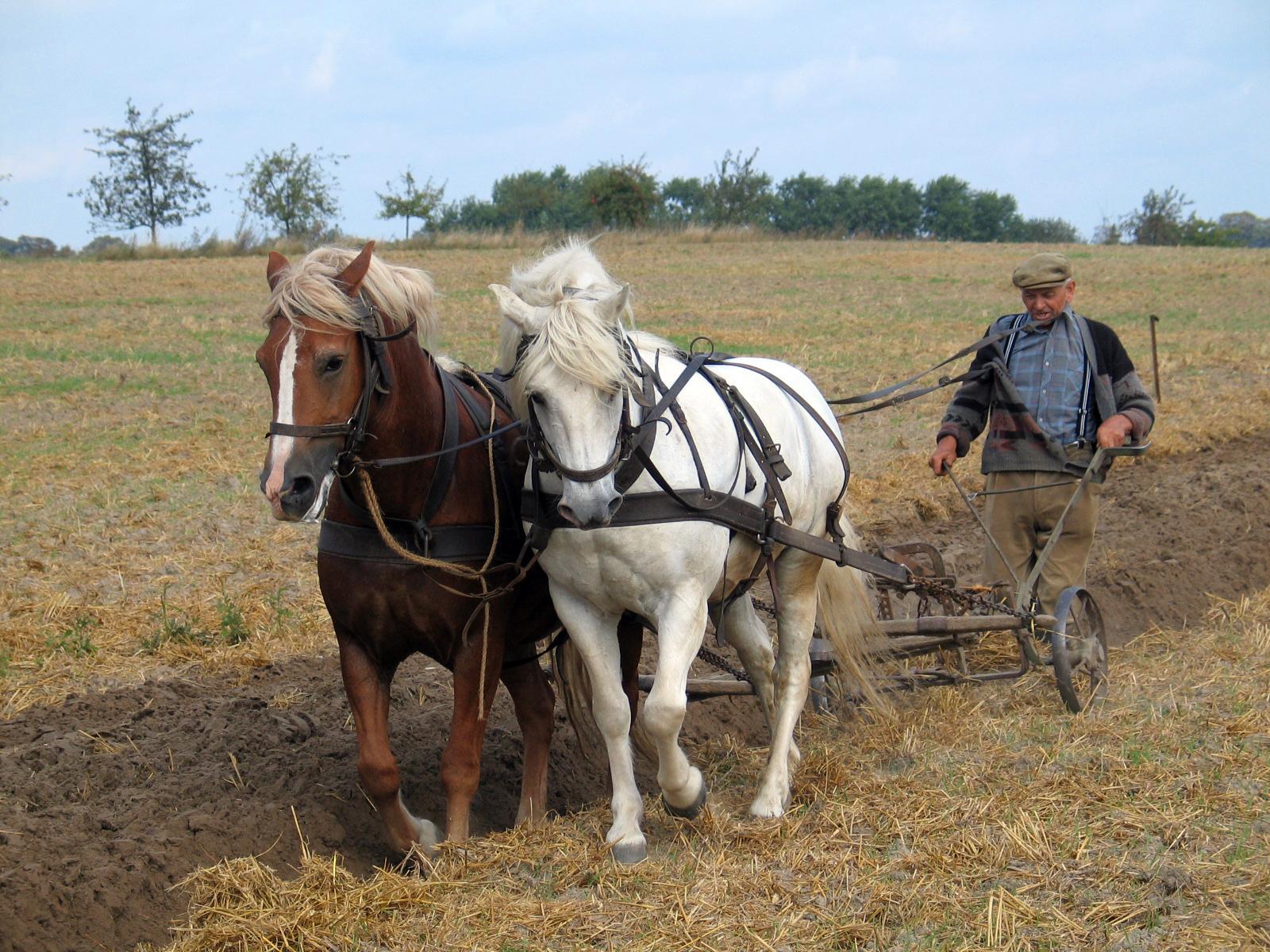
Source: Wikimedia
“Modern farming had destroyed many of the archaeological traces we would see from the ground. While the sites were essentially hiding in plain sight, Google Earth helped researchers find over 100 locations,” said Barry Molloy, an associate professor of archaeology at University College Dublin.
Valuable Insight on Bronze Age Societies in Europe
The discovery has provided researchers with valuable insight into this mysterious civilization that once thrived in central Europe.
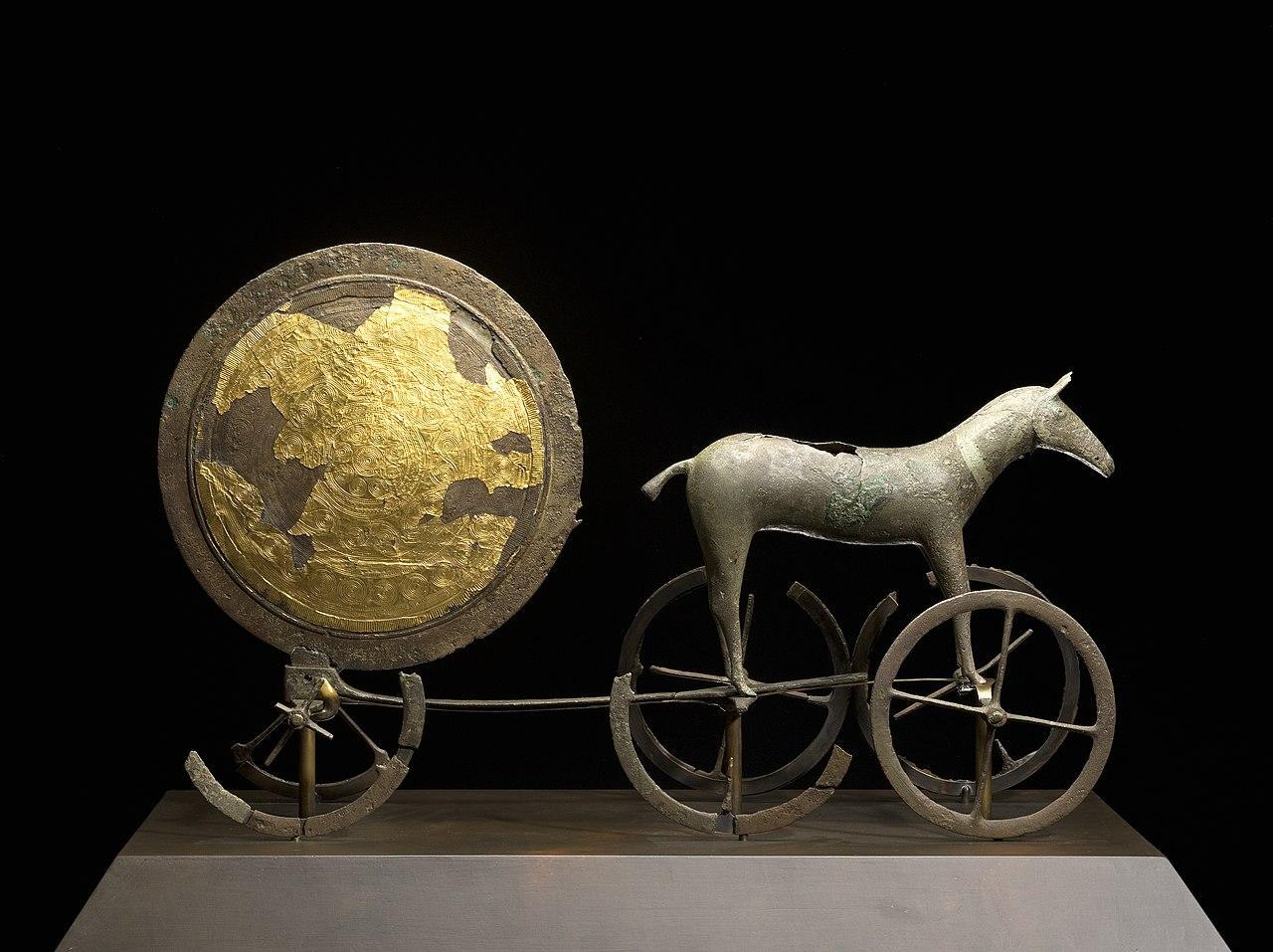
Source: Wikimedia
“When we recognized how dense this settlement network was, we realized this was something really important and new for understanding how Bronze Age societies were organized in Europe,” said Molloy.
What Happened to This Ancient European Civilization
Despite the discovery of over 100 archaeological sites and the numerous artifacts recovered from the region, researchers are still uncertain about a few aspects of this civilization.
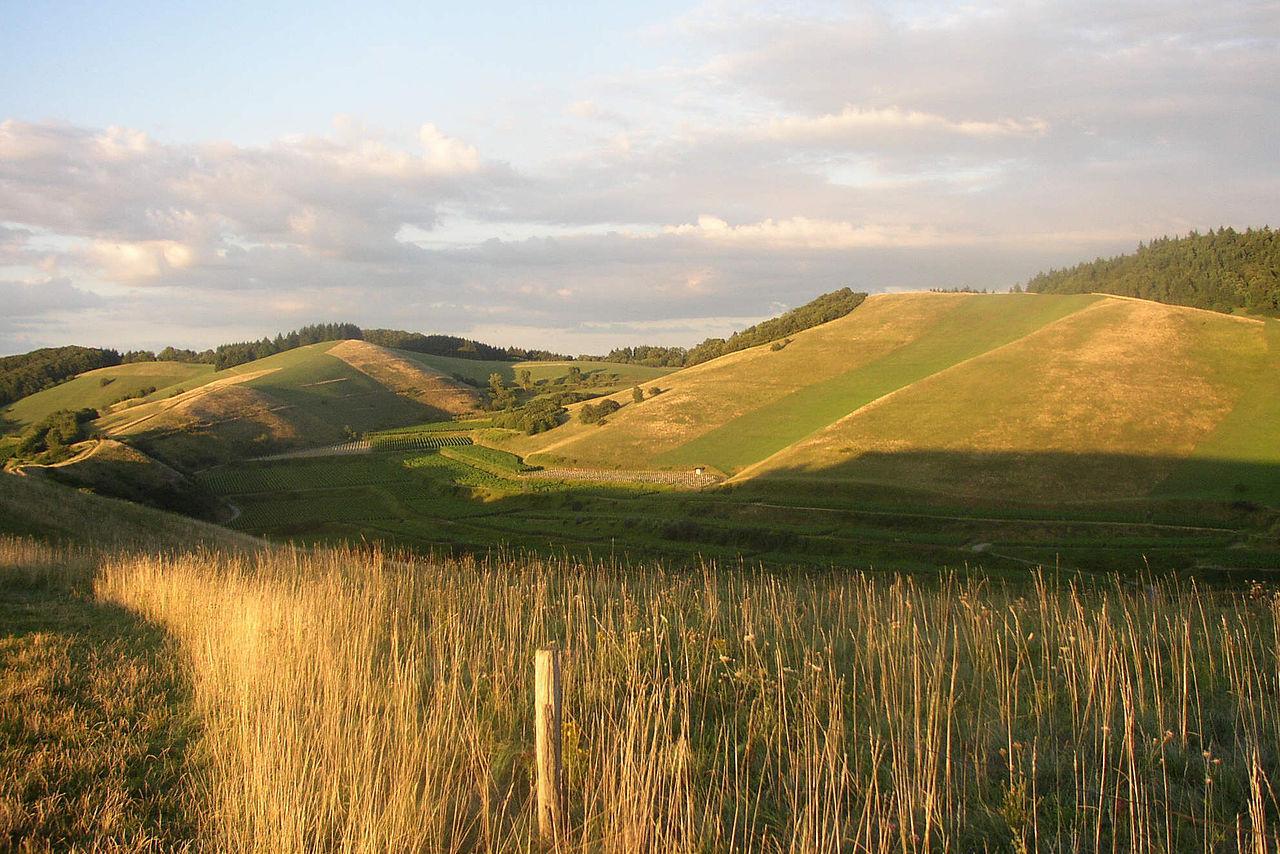
Source: Wikimedia
Previously, researchers had proposed this culture either collapsed or abandoned the region, sometimes around 1,600 BCE. However, a study published last year in PLOS One suggests the civilization may have actually fractured into smaller societies.
Decentralization of Ancient Bronze Age European Civilization
According to the leading theory, the Tisza civilization simply decentralized and formed into various smaller settlements that were less hierarchical, evolving from the older and larger civilizations.
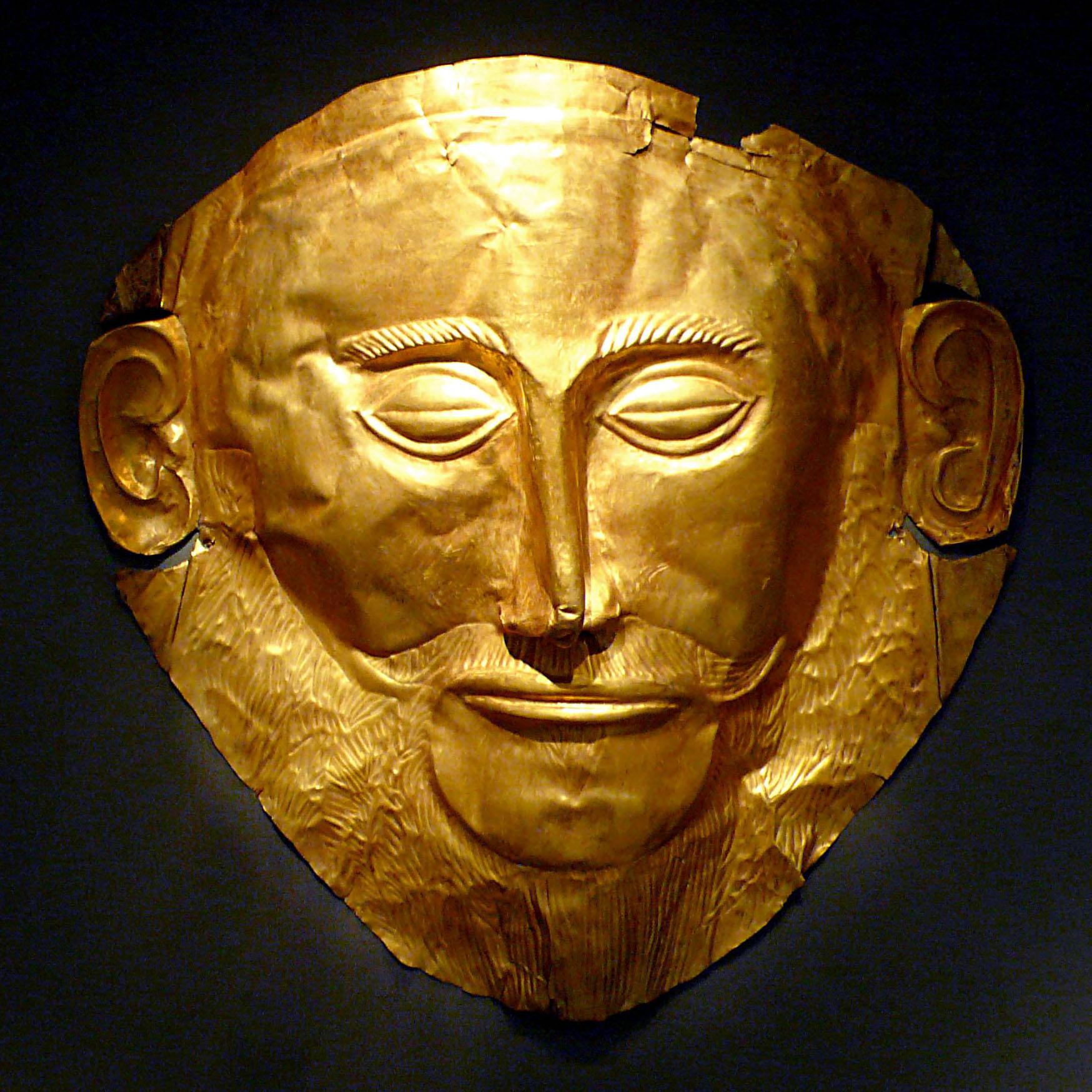
Source: Wikimedia
“We knew from the material that the people who lived there left behind — found in graves and hoards of metal objects, mainly — that they were an affluent, well-connected, and innovative society,” Molloy said.
Archaeological Sites Comprised of Concentric Circles
Molloy explained many of the larger sites found throughout the Pannonian Plain were comprised of several concentric circles.
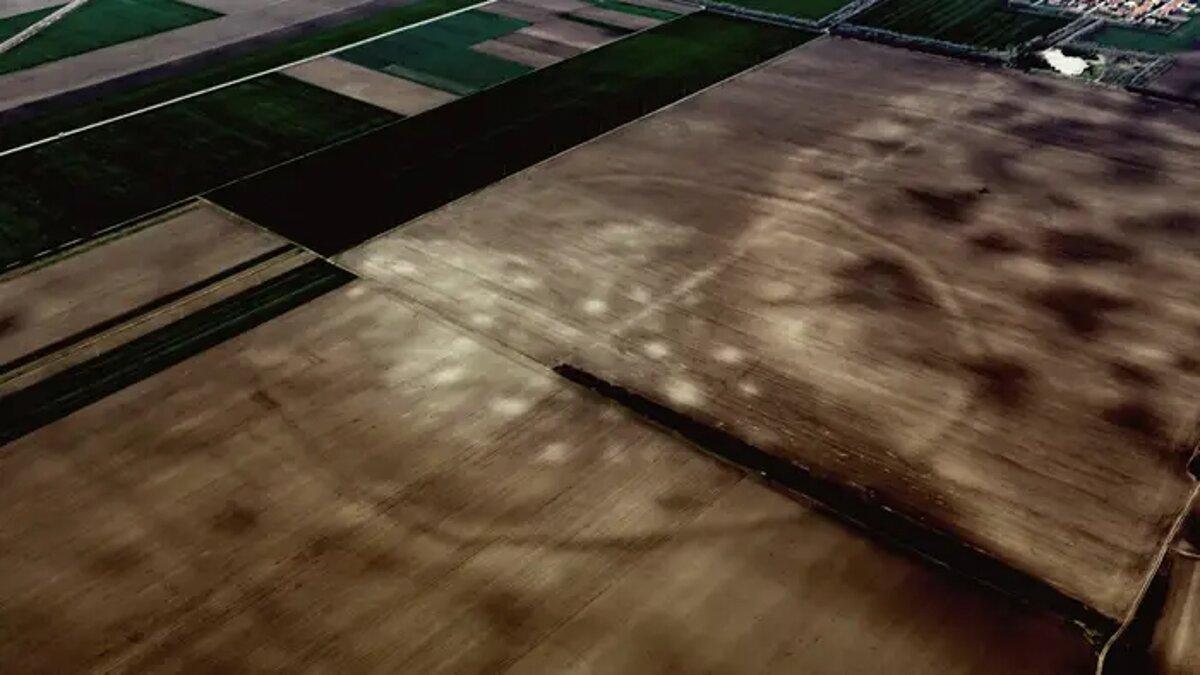
Source: Barry Molloy
“We believe this meant that movement from outside the site to its very core areas was controlled and that not everyone could simply walk freely through these areas at all times,” he said.
A Complex and Well-Organized Society
Due to the concentration of relatively similar sites in the region, Molloy and his colleagues assumed they were “looking at a complex, well-organized society that systematically planned how the landscape was used and inhabited at a large scale.”

Source: Wikimedia
He added that the varying landscapes may have been utilized for different purposes. Flatter land was likely used for growing crops, whereas the wetlands would have been prime hunting grounds.
Shifting Climate
The Tisza culture thrived in the region due to its well-balanced ecosystem, but the climate took a turn around 1,200 BCE, becoming drier and warmer.
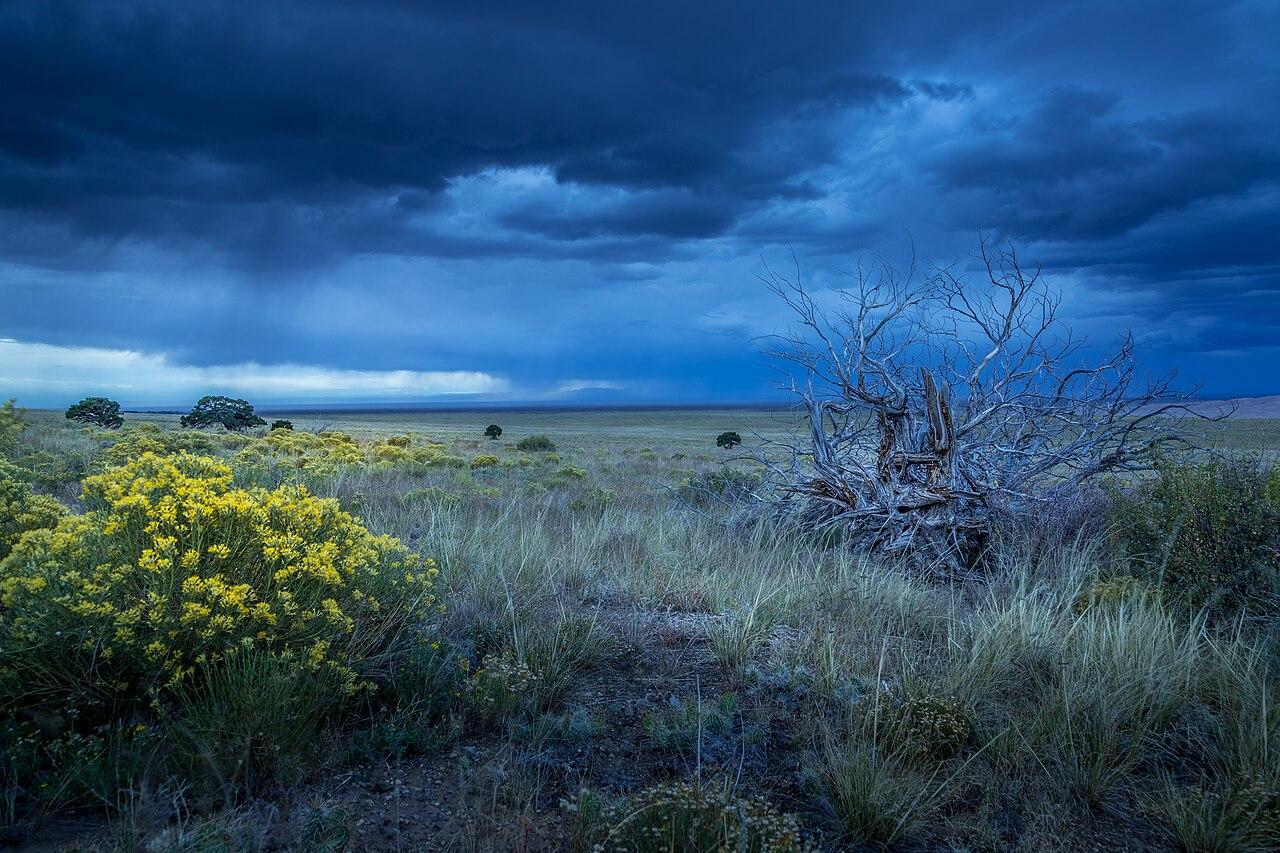
Source: Wikimedia
Molloy explains this could be one reason for the abandonment of several sites in the region. However, he notes a few tribes may have stayed behind and adapted to the new climate.
Future Excavations in the Region
Molloy and his team aren’t done yet. They are eager to conduct further excavations in the region, hoping to uncover more about the daily lives of Bronze Age communities.
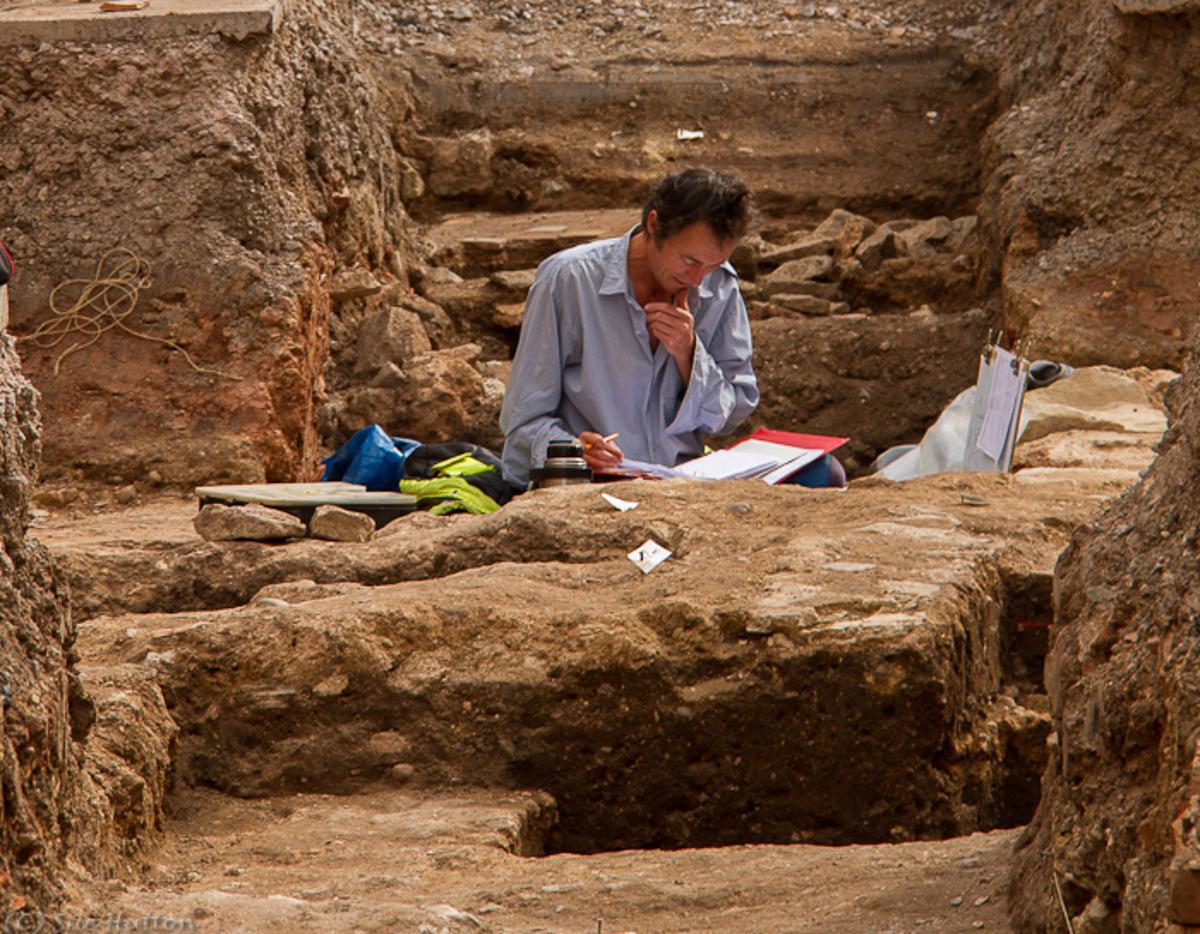
Source: Wikimedia
The researcher is especially interested in the size of their homes, which he claims “can tell us important things like family structures,” shedding light on whether entire extended families lived under one roof.
